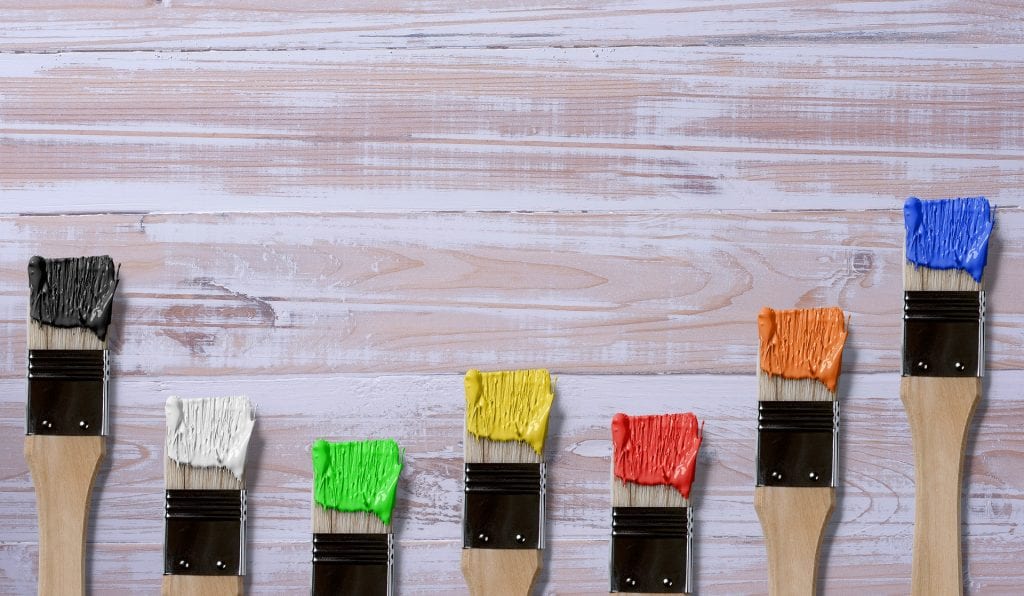

By Lance McCarthy
Do you find your house mysterious and perplexing?
I have decided to bravely serve as tour guide to the home. Each month I will dedicate one of my columns to illuminating some part of the house that most people might not know much about.
This week’s topic: Paint.
The part of a house that arguably has the greatest impact on its appearance (besides those colored mirror balls some people have in the front yard). Unlike electrical work or cabinet building, paint is the piece that many homeowners are tempted to tackle themselves. Yet, there is more to painting than just some blue tape, Behr paint, and a voice over from Josh Lucas. (Ladies, my wife says I’m supposed to tell you to listen for Josh saying “Let’s do this” in this ad. I’m not sure why…I think she’s just really into paint)
Interesting facts:
- More than 1.57 billion gallons of paint are sold in the United States each year, but an estimated 10 percent is discarded each year.
- Another 90 million gallons are on the shelf in my garage.
- Couples painting together is responsible for more divorces in the U.S. than any activity besides wallpaper removal. (Just kidding. Wallpaper removal is much worse!)
- Color has been scientifically proven to affect the body. Green relieves stress, red has been shown to re-energize, and purple has been proven to cause college students to outperform their peers (sorry KU grads, but this is science we are talking about!)
Tips:
- Watch the Sheen (not Charlie). Flat hides the best, but is hard to clean. Gloss shows every flaw, but is the most durable. Satin is best for walls, but will “flash” if it is touched up.
- Use window glazing putty to fill nail holes. It won’t shrink when it dries, so it keeps a hole filled.
- Use the more expensive caulk and you won’t have to re-do it as often. It stays softer longer and flexes as the house moves.
- Ask about “low VOC” or “No VOC”. This refers to the amount of harmful Volatile Organic Compounds in the paint. These are most impactful in the first 7-10 days after paint is applied and the paint is “off-gassing”.
Questions to ask a painter:
- Are you lead certified? If your house was built before 1978 (and if you read the PV Post, it probably was), then a painter must be lead certified to work safely with the surfaces in your home.
- How will you paint this trim? For a truly great finish, there is no better alternative to a sprayed-on oil based enamel. Hand painting or using latex will just result in a thinner and not as glassy finish.
- Where is your shop vac? Good painters see dust as their mortal enemy because it gets into the paint and prevents a smooth finish. They can spend an entire day cleaning and re-cleaning every corner of a house before a large interior job. (The real test is to run your finger over the top of the door trim to make sure it has been shop vac’ed before they start painting.)
- How will we both know when you are done? Agreeing to an objective standard of finish before starting is important. Borrow mine if you don’t have one.
- Can you repair this faucet? I’ve mentioned this trick before, but it works! Unless you just want a “get ‘ya by” paint job, there is a dramatic difference between the work of a part timer and a professional. A professional can make mediocre walls and trim look amazing, while a part timer is really just changing the color.

